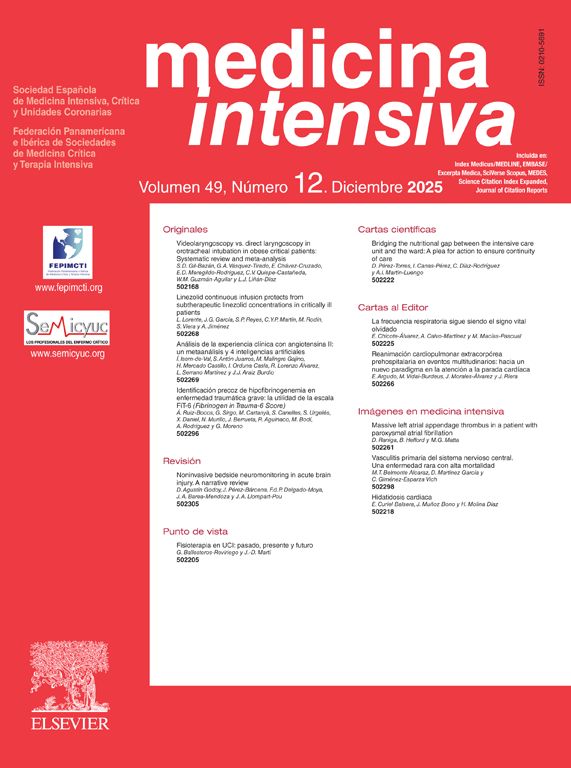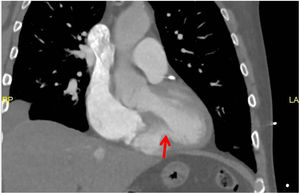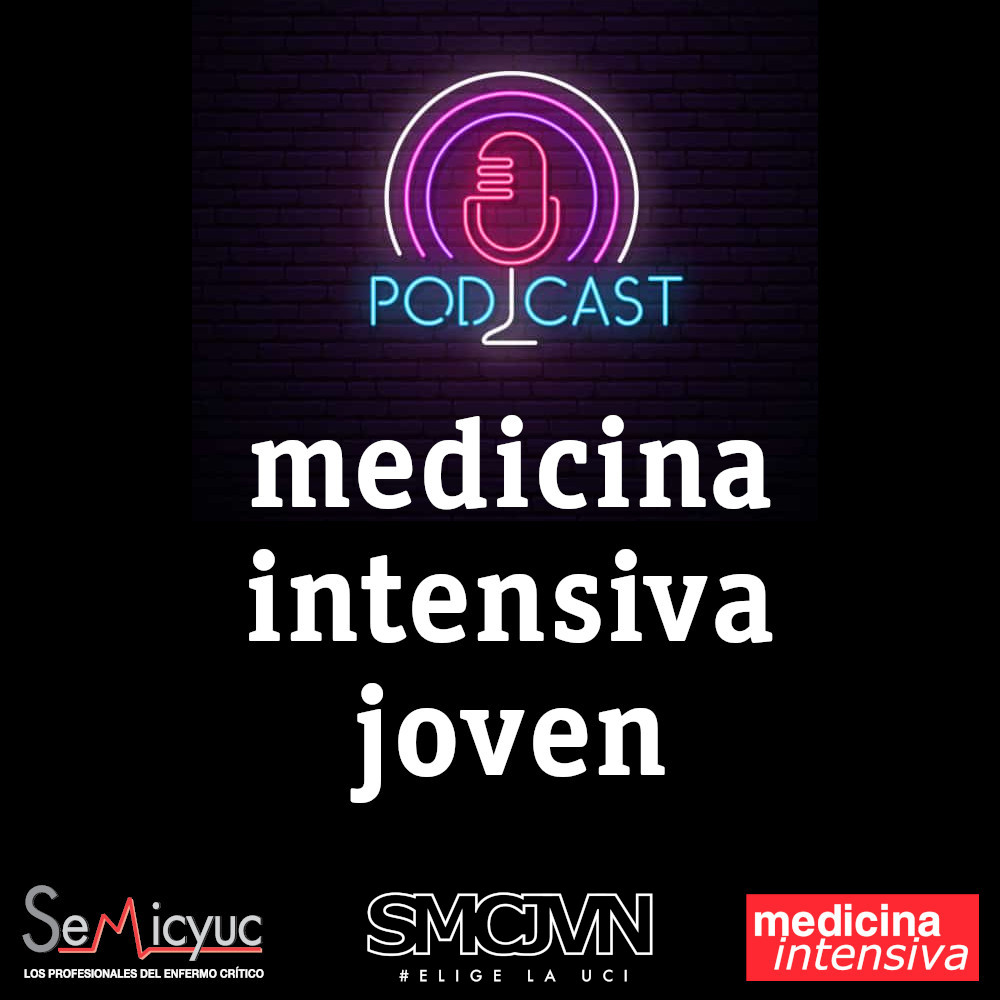This is the case of a 65-year-old male admitted due to progressive dyspnea of a 20-day history. He is admitted with clinical signs of cardiogenic shock and an unknown panfocal systolic murmur. Complementary tests are performed. The ECG reveals the presence of 1 mm ST-segment depression from V3 to V6 and Q-wave in the inferior wall. Troponin-T levels are 1100 pg/L. The bedside echocardiogram (TTE) performed reveals the presence of right ventricular dilatation with severe tricuspid regurgitation. A coronary computed tomography angiography (CCTA) is, then, performed. The CCTA rules out pulmonary embolism. However, it confirms the presence of ventricular septal rupture (Figs. 1 and 2). A repeat TTE confirms the finding, most likely due to an evolved acute myocardial infarction (Fig. 3). Given the situation of cardiogenic shock, the patient is, then, transferred for veno-arterial extracorporeal membrane oxygenation (ECMO). This case shows the utility of the CT scan to assess complications associated with ischemic heart disease, particularly when the TTE offers diagnostic uncertainties or suboptimal imaging.
El factor de impacto mide la media del número de citaciones recibidas en un año por trabajos publicados en la publicación durante los dos años anteriores.
© Clarivate Analytics, Journal Citation Reports 2025
SJR es una prestigiosa métrica basada en la idea de que todas las citaciones no son iguales. SJR usa un algoritmo similar al page rank de Google; es una medida cuantitativa y cualitativa al impacto de una publicación.
Ver másSNIP permite comparar el impacto de revistas de diferentes campos temáticos, corrigiendo las diferencias en la probabilidad de ser citado que existe entre revistas de distintas materias.
Ver más









